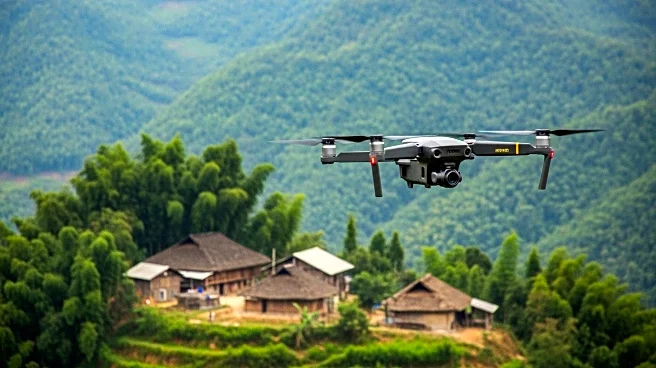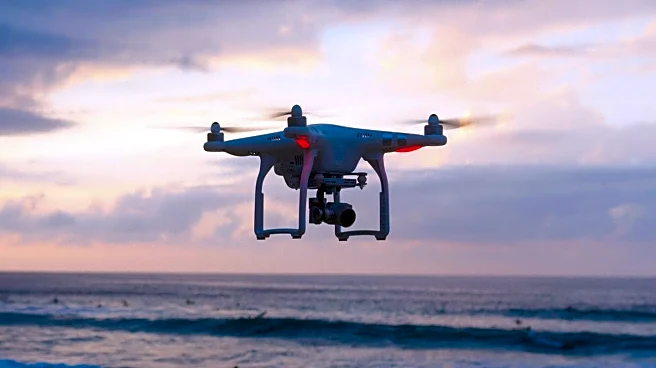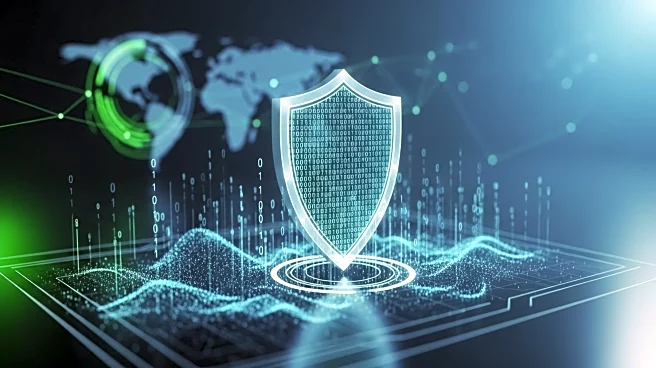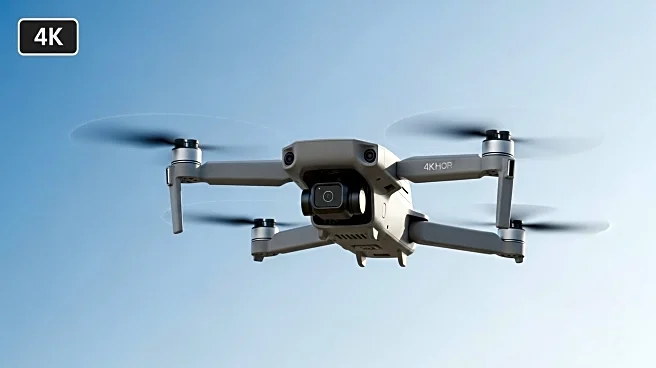What is the story about?
What's Happening?
Drones are capturing rare images of isolated communities living without ties to modern life, raising concerns about privacy and protection. These communities, often referred to as uncontacted tribes, exist in regions like the Amazon and North Sentinel Island. While drones offer a way to observe these groups without direct contact, they also highlight the threats posed by deforestation, illegal land grabs, and exposure to outsiders carrying infectious diseases. Public health experts warn that even brief exposure can devastate populations lacking immunity to common illnesses.
Why It's Important?
The use of drone technology to monitor isolated communities is a double-edged sword. While it provides valuable insights into their existence and helps protect them from external threats, it also raises ethical questions about surveillance and intrusion. These communities face significant risks from deforestation and illegal activities, which threaten their autonomy and health. The challenge lies in balancing observation with respect for their privacy and sovereignty. Ensuring their protection requires careful consideration of the impact of modern technology and external pressures.
Beyond the Headlines
The ethical implications of using drones to monitor isolated communities are profound. It raises questions about the right to privacy and the potential exploitation of these groups. The debate over how much observation is appropriate continues, with concerns about romanticizing or exploiting their isolation. The need for restraint and respect for their sovereignty is paramount, as these communities face increasing threats from environmental and political pressures. The challenge is to protect their way of life while acknowledging the risks posed by modern intrusion.
AI Generated Content
Do you find this article useful?













